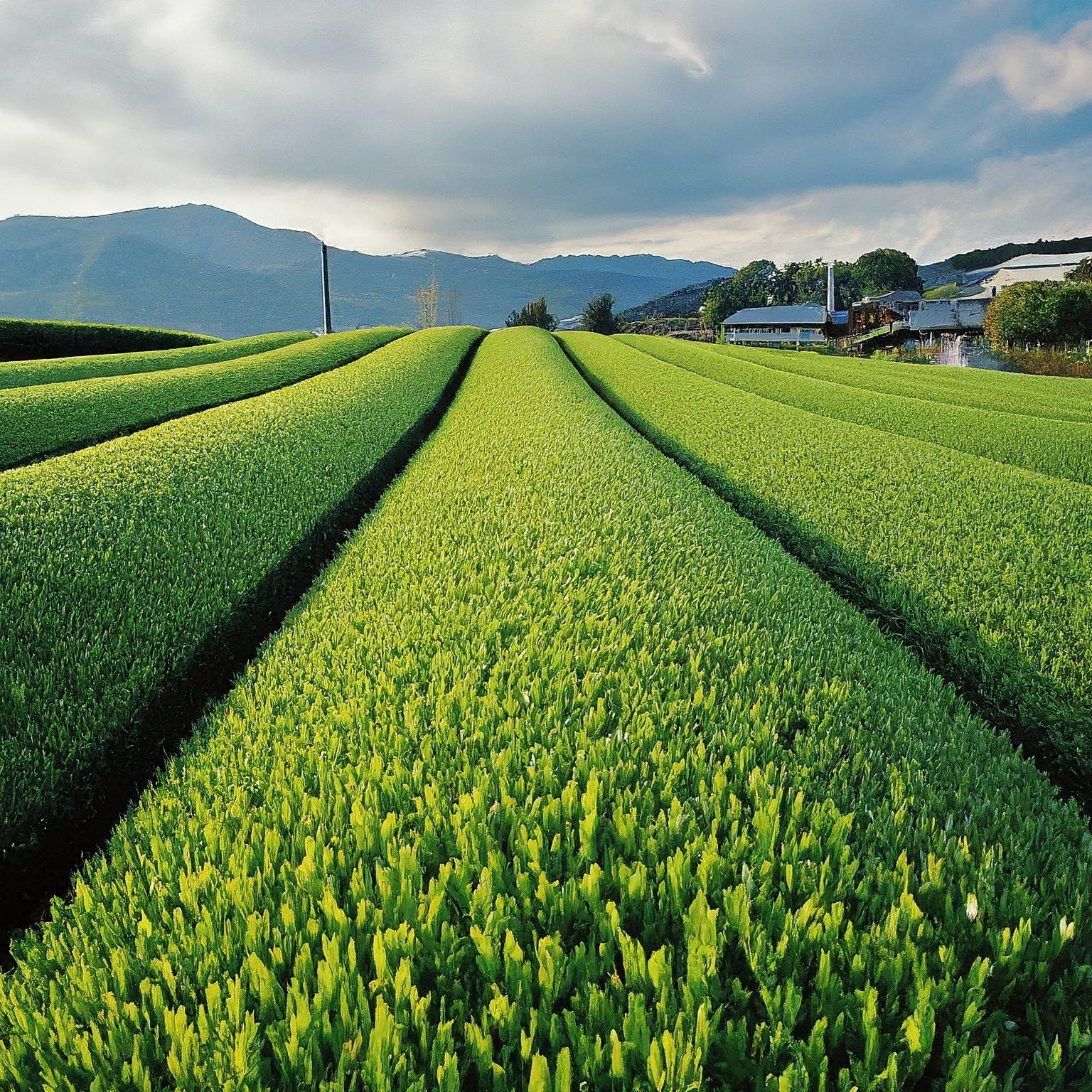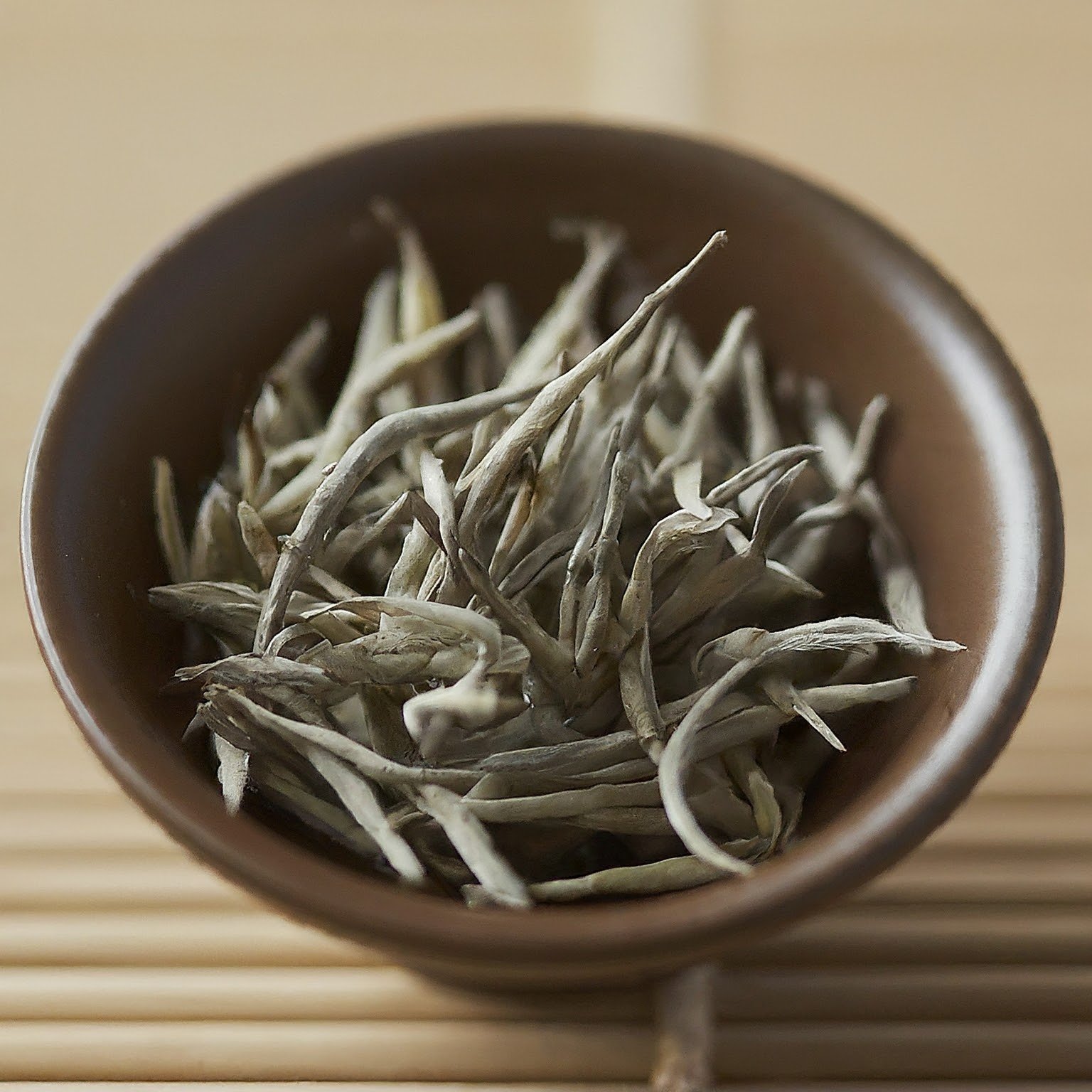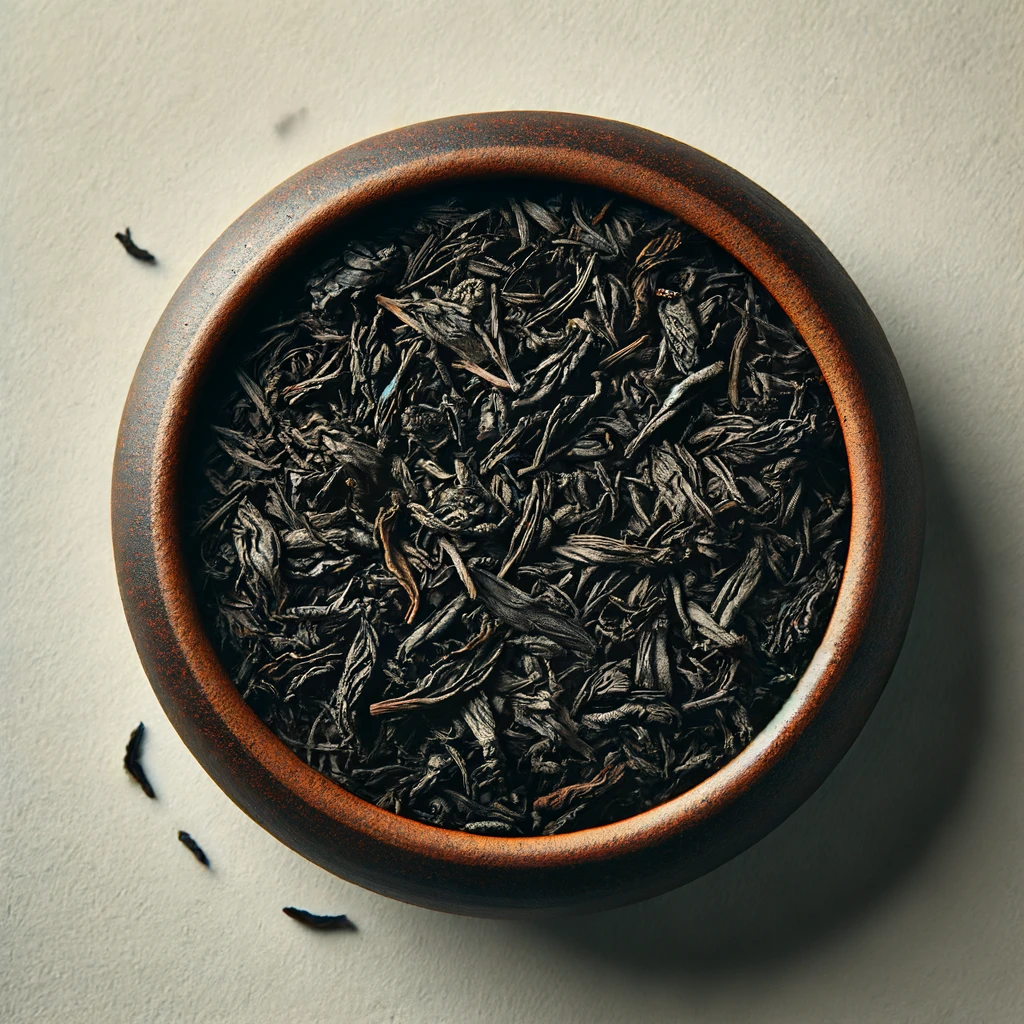Discovering Gyokuro Tea: The Pinnacle of Japanese Green Tea
Discovering Gyokuro Tea: The Pinnacle of Japanese Green Tea Gyokuro tea, often referred to as the jewel of Japanese green tea, is renowned for its exquisite flavor, vibrant color, and […]

Discovering Gyokuro Tea: The Pinnacle of Japanese Green Tea
Gyokuro tea, often referred to as the jewel of Japanese green tea, is renowned for its exquisite flavor, vibrant color, and remarkable health benefits. This premium tea stands out due to its unique cultivation and processing methods, making it a favorite among tea connoisseurs. In this article, we will delve into the history, cultivation, types, health benefits, and brewing tips for Gyokuro tea, providing a comprehensive guide to this exceptional beverage.
History of Gyokuro Tea
Gyokuro, meaning “jade dew” in Japanese, was first introduced in the mid-19th century. It is believed that Yamamoto Kahei, a tea merchant from the Yamamoto family, developed this unique tea after experimenting with shading techniques. The shading process, known as “kabuse,” was inspired by methods used in the production of matcha. Over the years, Gyokuro has gained a reputation for its superior quality and distinctive flavor, becoming a highly prized tea in Japan and around the world.
Cultivation and Processing of Gyokuro Tea
Gyokuro’s exceptional quality is largely due to its meticulous cultivation and processing methods. Here are the key steps involved:
- Shading: About three weeks before harvest, Gyokuro tea plants are shaded from direct sunlight. This shading process increases the chlorophyll content in the leaves, resulting in a rich, green color and a higher concentration of amino acids, particularly L-theanine. The shading also reduces bitterness and enhances the tea’s natural sweetness.
- Hand-Picking: Only the youngest, most tender leaves are hand-picked for Gyokuro tea. This careful selection ensures the highest quality.
- Steaming: The freshly picked leaves are quickly steamed to prevent oxidation, preserving their vibrant color and delicate flavor.
- Rolling and Drying: After steaming, the leaves are rolled to shape and then dried. This process helps to release the essential oils and lock in the tea’s unique flavors and aromas.
Types of Gyokuro Tea
While all Gyokuro tea shares the same fundamental characteristics, there are several regional variations and grades that offer distinct flavor profiles. Here are some notable types:
- Yame Gyokuro: Hailing from the Yame region in Fukuoka Prefecture, this Gyokuro is known for its rich, umami flavor and smooth texture.
- Uji Gyokuro: Produced in the Uji region near Kyoto, Uji Gyokuro is celebrated for its balanced sweetness and subtle floral notes.
- Asahina Gyokuro: This variety comes from Shizuoka Prefecture and is prized for its complex, mellow flavor with a hint of natural sweetness.
Health Benefits of Gyokuro Tea
Gyokuro tea is not only delicious but also offers numerous health benefits. Here are some of the key advantages:
- Rich in Antioxidants: Gyokuro tea is packed with antioxidants, particularly catechins and EGCG, which help combat free radicals and reduce the risk of chronic diseases.
- Promotes Relaxation: The high L-theanine content in Gyokuro tea promotes relaxation and reduces stress without causing drowsiness. It also enhances mental clarity and focus.
- Supports Heart Health: Regular consumption of Gyokuro tea can help lower blood pressure, reduce bad cholesterol levels, and improve overall heart health.
- Boosts Metabolism: The combination of caffeine and catechins in Gyokuro tea can help boost metabolism and promote fat burning, aiding in weight management.
- Enhances Immune Function: Gyokuro tea contains vitamins and minerals that support the immune system, helping to ward off illnesses and infections.
How to Brew the Perfect Cup of Gyokuro Tea
Brewing Gyokuro tea requires precision and care to fully appreciate its delicate flavors. Here are some tips to help you brew the perfect cup:
- Water Temperature: Gyokuro tea should be brewed with water that is around 122-140°F (50-60°C). Using cooler water helps to bring out the tea’s natural sweetness and umami flavor.
- Steeping Time: Steep Gyokuro tea for 2-3 minutes. Longer steeping times may result in a more intense flavor, but be careful not to over-steep.
- Tea-to-Water Ratio: Use about 1-2 teaspoons of Gyokuro tea leaves per 3 ounces of water. Adjust the amount based on your taste preference.
- Multiple Infusions: Gyokuro tea leaves can be steeped multiple times. Increase the steeping time slightly with each subsequent infusion to extract all the flavors.
Culinary Uses of Gyokuro Tea
Gyokuro tea’s unique flavor profile makes it a versatile ingredient in various culinary applications. Here are some creative ways to incorporate Gyokuro into your diet:
- Gyokuro-Infused Desserts: Use Gyokuro tea to infuse flavor into ice cream, panna cotta, and other desserts for a sophisticated twist.
- Gyokuro Salt: Mix finely ground Gyokuro tea with sea salt to create a flavorful seasoning for grilled meats, vegetables, and seafood.
- Gyokuro Cocktails: Incorporate Gyokuro tea into cocktails for a refreshing and unique beverage experience. Try a Gyokuro gin and tonic or a Gyokuro-infused sake.
Conclusion
Gyokuro tea is a true gem in the world of green tea, offering a luxurious experience with its refined flavor, vibrant color, and numerous health benefits. Its rich history, meticulous cultivation, and versatile culinary applications make Gyokuro a valuable addition to any tea lover’s collection. Whether you enjoy it as a relaxing daily ritual or a special treat, Gyokuro tea provides a unique and enriching experience that is sure to delight your senses.

















